Chambéry might not get as much attention as nearby Annecy, but this small town in the French Alps, just 50 kilometres away, is often considered a hidden gem. The town lies in the Savoy department of France and is known for being the former capital of the Duchy of Savoy. When Count Thomas of Savoy moved into the castle in 1232, it marked a significant moment in the town's history, establishing Chambéry as the centre of the Savoy Empire for the next three centuries. Evidence of this golden age remains visible even today, with red flags bearing a white cross, a symbol of Savoy heritage, still adorning the city. The duchy's territory was annexed by Napoleon Bonaparte in 1792, sparking a series of conflicts. Eventually, in 1860, the Duke of Savoy, Victor Emmanuel II, ceded Savoy to France in return for French support in his bid to become King of Italy. Visitors to Chambéry will find a charming old town, impressive public buildings and museums, convenient transport options, and a variety of accommodation choices. Here is how you can explore Chambéry on your own in a single day.
This walking tour begins and ends at Chambéry's train station, with our first stop being the nearby Parc du Verney.
Parc du Verney
Located in the centre of Chambéry, Parc du Verney is a peaceful oasis surrounded by natural beauty. This thoughtfully designed park provides a serene escape from the hustle and bustle of city life, blending history, culture, and nature. Whether you are taking a leisurely stroll, enjoying a picnic in the shade of the trees, or learning about the region's heritage, Parc du Verney is a fantastic destination for visitors to Chambéry. 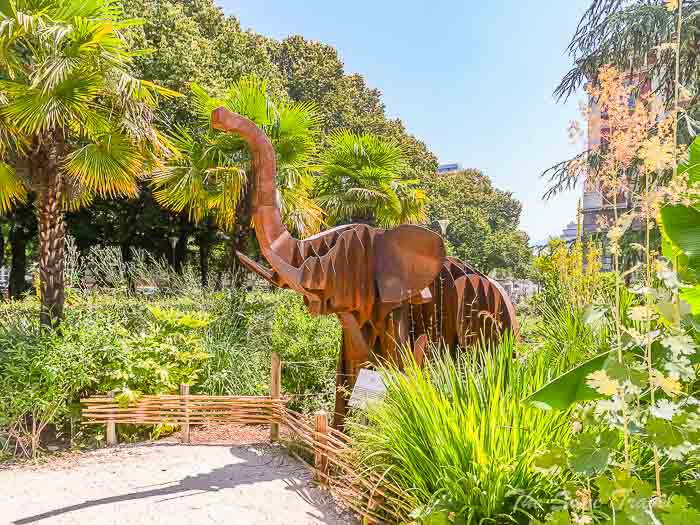
Statue of Joan of Arc
The statue of Joan of Arc was originally intended to promote the values of the Vichy regime by highlighting France's history and key figures, such as Joan of Arc. Unveiled in 1942 in front of the Musée Savoie, it was relocated to Parc du Verney, behind the Palais de Justice, in 1945 after the city's liberation. The three-metre-tall bronze statue stands in the park as a contentious symbol of Chambéry's history. Designed by Del Sarte, it depicts Joan of Arc standing with a standard in her left hand, offering an ear of wheat to two children. The boy is grasping the ear of wheat, while the girl is holding the coat of arms of Savoy against Joan of Arc's stomach.
Next, make your way to the square in front of the Palais de Justice, where you will find the Chambéry Museum of Fine Arts.
Chambéry Museum of Fine Arts
The museum, housed in the former grain hall, boasts one of the most significant collections of Italian art in France, second only to the Louvre. Focusing on classical Italian painting from the 14th to the 18th centuries, the collection features notable works such as an altarpiece by Bartolo di Fredi. It showcases major artistic movements like Mannerism, the Caravaggesque school, and Baroque art. It includes works from Florence, Venice, Naples, and Bologna, reflecting the region's historical ties between France and Italy. In addition to Italian masterpieces, the museum displays classical French paintings and 19th-century mountain landscapes, along with a dedicated space for temporary exhibitions.
Address: 5 Pl. du Palais de Justice
Standing in the centre of the square is a statue of Antoine Favre.
Statue of Antoine Favre
Antoine Favre, Baron of Perouges (1557–1624), was a nobleman and lawyer from Savoy. He studied in Paris and Turin before practising law in Chambéry. Favre became a member of the Savoyard court and later its president. His research on the Justinian Code, in which he sought to distinguish the Justinian insertions from the classical Roman texts, is still highly regarded by scholars. The statue of Antoine Favre, sculpted in 1865, depicts him wearing a magistrate's gown while holding a stack of books. This representation symbolises his legacy as a distinguished legal scholar in Savoy and as the first president of the Senate of Savoy in Chambéry.
Palais de Justice
The Palais de Justice was built between 1850 and 1860 and is the last remaining Sardinian-style structure in the area. Originally intended for the Senate of Savoy, it now houses the Regional Court and the Court of Appeal. Designed by Pierre-Louis Besson and Pierre Spurgazzi, the building exemplifies neoclassical Sardinian architecture and is one of the few in Chambéry with Italian architectural elements. Its façade includes an avant-corps with seven bays, adorned with Ionic columns and a triangular pediment.
The next stop is Notre-Dame Church.
Notre-Dame Church
This Baroque-style church is the only remaining structure from a once extensive Jesuit convent. The church's plain Baroque façade bears the arms of Duke Charles-Emmanuel I, who laid the cornerstone in 1599.
Address: Rue Saint Antoine
Afterwards, proceed to the Hôtel de Ville.
Hôtel de Ville
The Hôtel de Ville represents one of the earliest examples of French architecture following the annexation of the Savoy region by France. After the Kingdom of Sardinia ceded Savoy to France in 1860, the council, led by the new mayor, Baron Frederic d'Alexandry d'Orengiani, decided to construct a new town hall. The selected site had previously been occupied by L'église des Antonins. Built in the neoclassical style using ashlar stone, the town hall was officially inaugurated in 1867. As noted in my article on a one-day Paris itinerary, in France, the term "hotel" can simply refer to a building, such as the Hotel de Ville, which is the town hall in Chambery. It may not always function as a traditional hotel, as is the case in other countries.
Address: Place de l'hôtel de ville
Take a walk around the square in front of the town hall, admire the quaint leaning houses, and stop for a drink or snack at a local café.
From the square, continue to the Château des Ducs de Savoie.
Château des Ducs de Savoie
The Château des Ducs de Savoie, also known as Château de Chambéry, is a historic castle that dates back to the 11th century. Over the years, it has undergone several modifications while retaining its administrative functions. Serving as a stronghold, a princely palace, and a symbol of power for the counts and dukes of Savoy, the castle comprises a complex of buildings constructed over a period stretching from the 13th century to the present day. 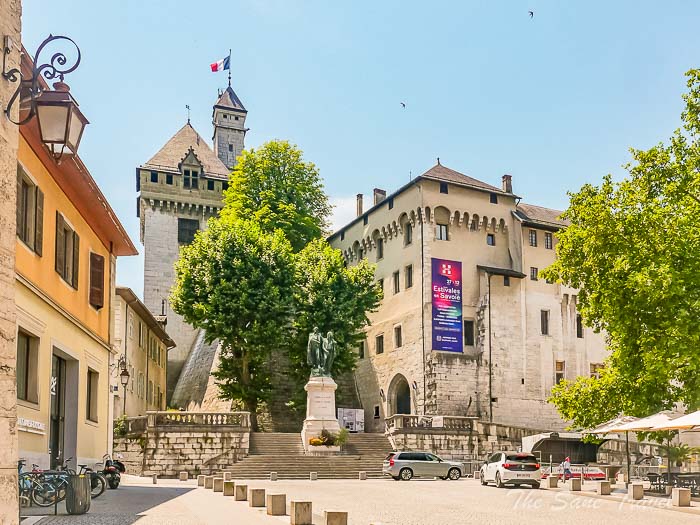
Positioned in front of the castle are statues of two brothers.
Statues of Joseph and Xavier de Maistre
In 1899, sculptor Ernest Dubois created a statue of the Maistre brothers for the Académie de Savoie. Both natives of Chambéry, Joseph and Xavier de Maistre, were influential figures of their time. Joseph was a distinguished political and religious writer who influenced the intellectual debates of the era. Xavier, by contrast, gained recognition as both an author and an explorer. He is best known for Voyage autour de ma chambre (A Journey Around My Room), a work that received critical acclaim and secured his place in French literary history.
Coming up next is Place Saint-Léger, which is more of a street than a square.
Place Saint-Léger
Place Saint-Léger, one of Chambéry's historic streets, was once traversed by a river. Since its renovation in the late 1970s, it has been transformed into a vibrant hub at the heart of the city. The area is lined with charming alleys and courtyards that add to Chambéry's distinctive character.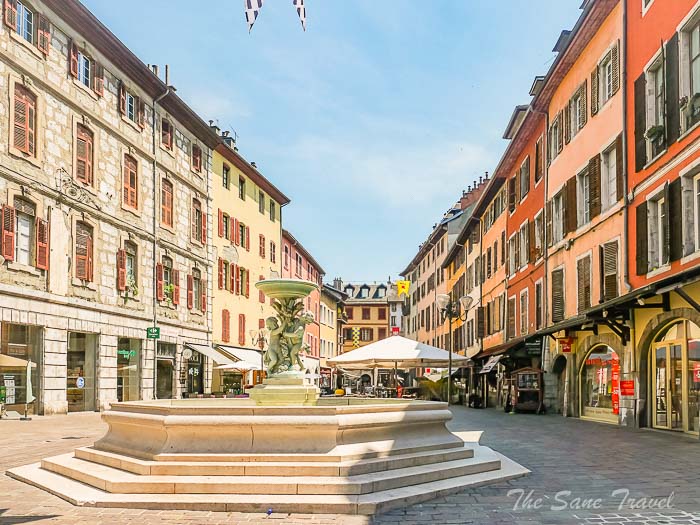
Traboules
Chambéry is home to a number of charming pedestrian passages that weave through the inner courtyards of buildings, connecting one street to another. These medieval alleyways and covered passages were once part of the private dwellings of noble families of the House of Savoy. Most of them are found around Place Saint-Léger, with a few located along Rue Juiverie or Rue de Boigne. Often winding through private courtyards, they can be challenging to spot and access.
A particularly striking feature is the modern statue of Lorelei, perched on the edge of the fountain in Place Saint-Léger.
Statue of Lorelei atop the fountain
The bronze sculpture was originally installed on the edge of the fountain in Place Saint-Léger in 2017 as part of a commemorative exhibition honouring the Savoyard artist Livio Benedetti. Since 2019, it has remained there permanently.
Address: Allee Henry Plandee
Now, it is time to visit Chambéry Cathedral.
St Francis de Sales Cathedral
Constructed in the 15th century by the Franciscans, this building was elevated to cathedral status in 1779 following the establishment of the Diocese of Chambéry. Although its façade lacks the typical grandeur of cathedrals, this reflects both Franciscan modesty and the challenges posed by the swampy subsoil beneath. The unstable ground required over 30,000 larch piles to support the structure, a foundation method that prevented the construction of a more slender building. 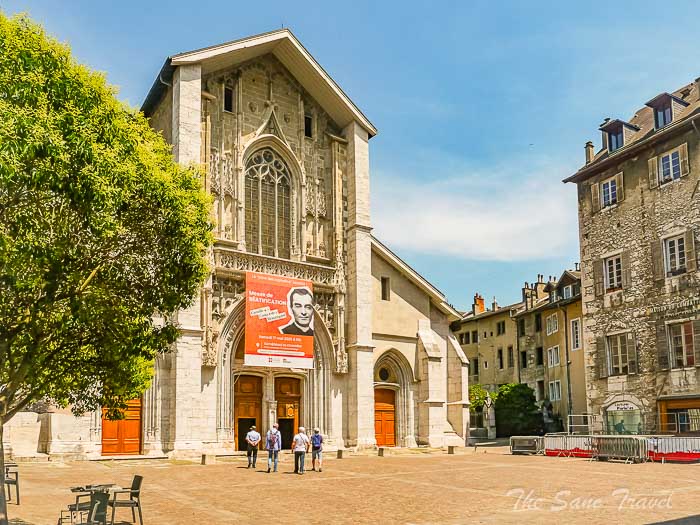
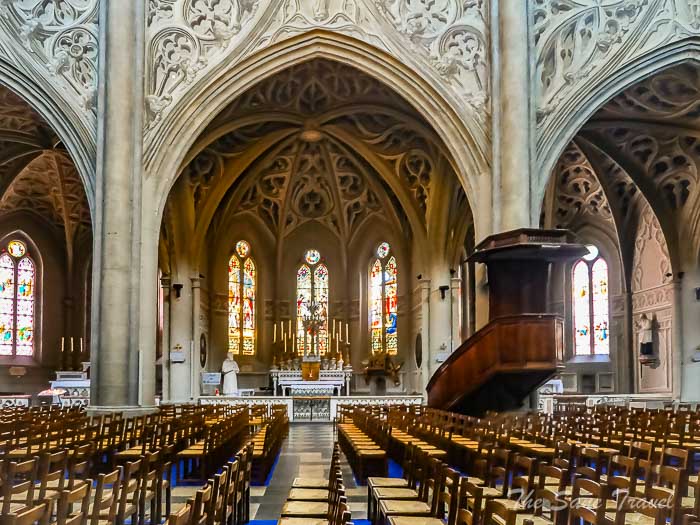
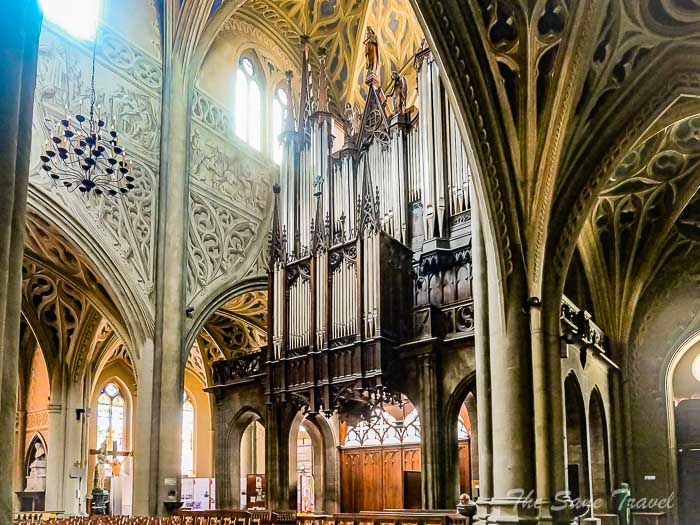
The next highlight on the tour is the famous Elephant Fountain.
Elephant Fountain
The Elephant Fountain, originally known as the Boigne Column, is a symbol of the city. It was named in honour of General Count de Boigne, who was born in Chambéry and made his fortune as a mercenary in India. After returning to Chambéry in 1802, he donated over three million pounds to charitable causes. His generosity and service were recognised by both the kings of France and Sardinia, leading to his appointment as a count and lieutenant-general in the army of the King of Sardinia. Crafted from Saint-Sulpice limestone and inaugurated in 1838, the nearly 18-metre-high structure combines a fountain, column, and statue. The fountain's design features the Cross of Savoy, symbolised by four cast-iron elephants joined at the rump, spraying water into an octagonal basin. Each elephant supports a battle tower decorated with bas-reliefs and trophies commemorating de Boigne's Indian campaigns and generosity to the city. Rising above the base structure, the column is topped by a 3-metre-high bronze statue of General de Boigne.
Address: Place des Eléphants
Up next is the La Sasson statue.
La Sasson statue
La Sasson, meaning ''large woman'' in the Savoyard dialect, was carved by Alexandre Falguière to commemorate the 100th anniversary of Savoy joining France in 1792. Inaugurated on 4 September 1892, Mayor Antoine Perrier described the statue as embodying the strong elegance of the Savoy region. He praised it for holding the French flag as a symbol of freedom and equality. However, some residents of Chambéry have criticised the statue for its perceived awkwardness.
Address: Pl. du Centenaire
Your final stop is the Wrapping Candy sculpture, located near the railway station.
Wrapping Candy sculpture
Laurence Jenkell, also known as JENK, is a globally recognised French sculptor famous for her oversized candy sculptures – a signature element of her artistic identity. Her works are exhibited in over 50 countries, including a white candy sculpture displayed at Chambéry's new train station. This unique piece, featuring the city's coat of arms, was gifted to Chambéry by the artist herself.
Address: 19 Pl. de la Gare
If you find yourself in Chambéry on a hot summer day, it might be a good idea to relax in a pool after exploring the city on foot. I suggest visiting the Stade Aquatique pool. Keep in mind that swimming caps are required, so be sure to bring one with you.
Stade Aquatique Pool
The Stade Aquatique offers a variety of pools for different activities, classes for all ages, and aqua fitness sessions. There is also a wellness area with spa facilities. In summer, you can enjoy the outdoors, which features a beach, water games, and a water slide.
Address: 111 Av. Alsace Lorraine
Where to stay?
I stayed at the Mercure Chambéry Centre hotel and can recommend it. This modern hotel is conveniently located right in the city centre, just across from the train station. The rooms are contemporary and soundproof, each with its own bathroom, and have recently been updated with new bedding for added comfort. Guests seeking added comfort can upgrade to a Privilege Room, which includes perks such as memory foam pillows, a Nespresso coffee machine, and a docking station for iPhones and iPads.
Practical tips
Despite advances in artificial intelligence, Google Maps still restricts users to just ten stops per map. As a result, this is a route map I have put together to give you an idea of the tour.
Chambéry has efficient transport links to nearby towns, with the bus and train stations just a short walk from each other.
Please note that most eateries only serve meals until 2 p.m. and resume from 7 p.m. Outside these hours, only drinks or light snacks are typically available.
Another option for a walking tour is to follow the elephants. In the old town, you will find golden medallions with small elephant symbols that mark a 2-kilometre route, which takes about an hour and 15 minutes to complete. 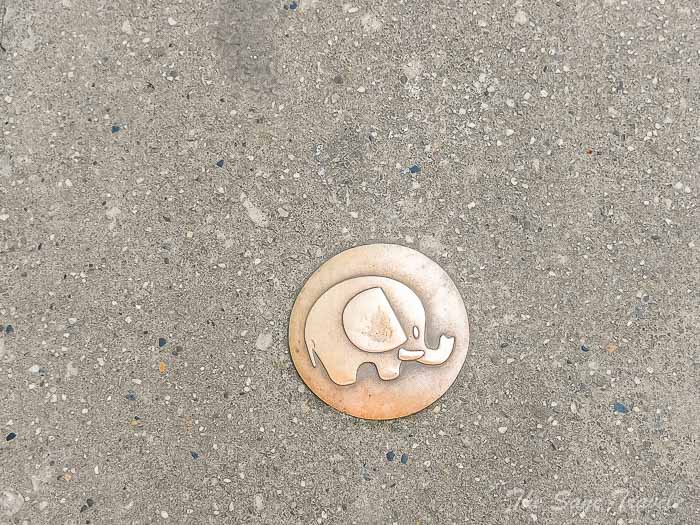
Like it? Pinit!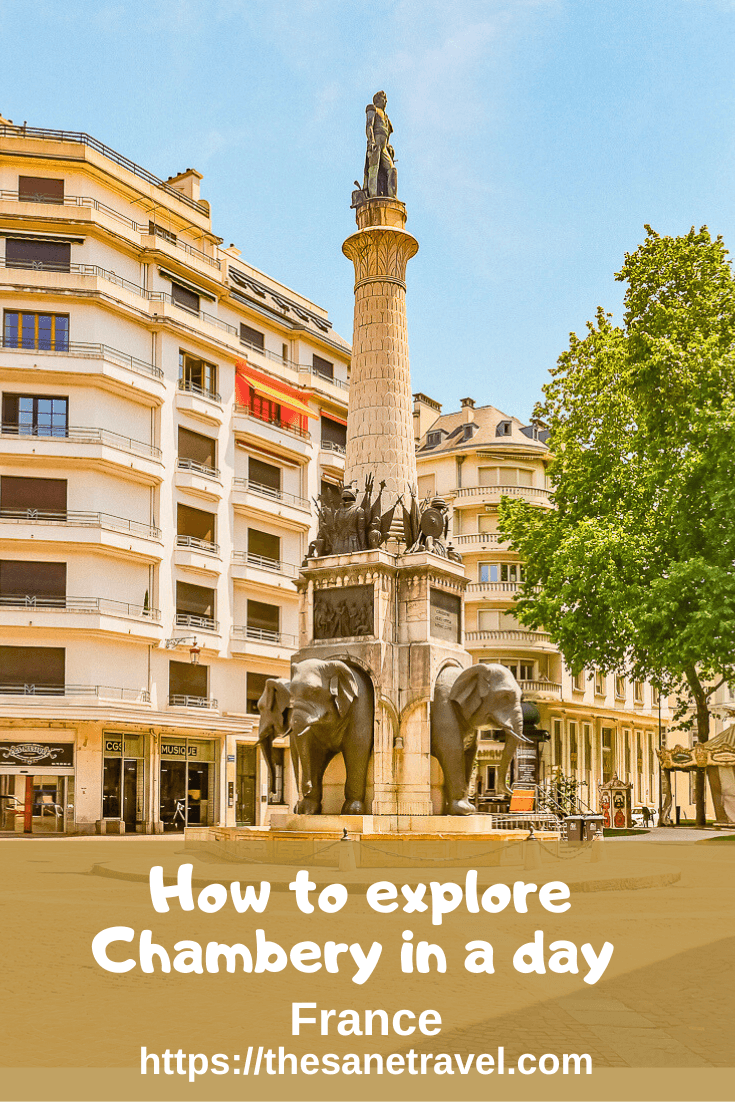
What did you think? Have you been to Chambery? I would love to hear from you, so please add your comment below.
Author: Anita Sane

About the author
Anita is a part-time traveller, passionate photographer and a retired career woman from Latvia, travelling mostly solo for more than 15 years. She is a skilled travel planner who plans and executes her travels by herself. Anita wants to show you how to travel the world and open your mind to new experiences. Follow her on Facebook, Instagram, Pinterest, Twitter and Bloglovin.

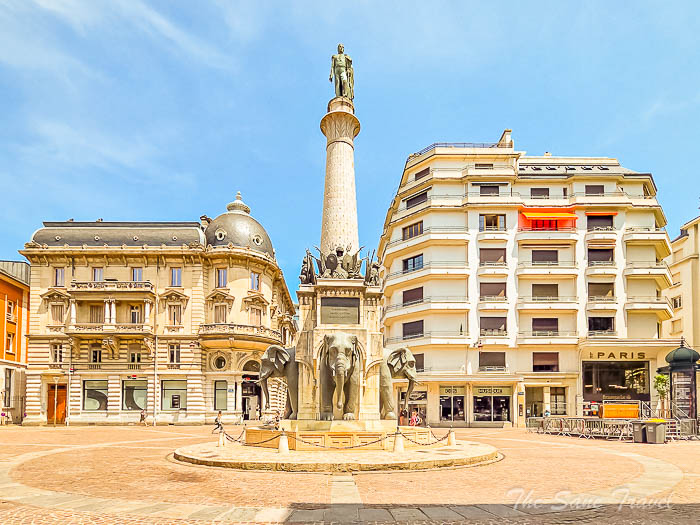
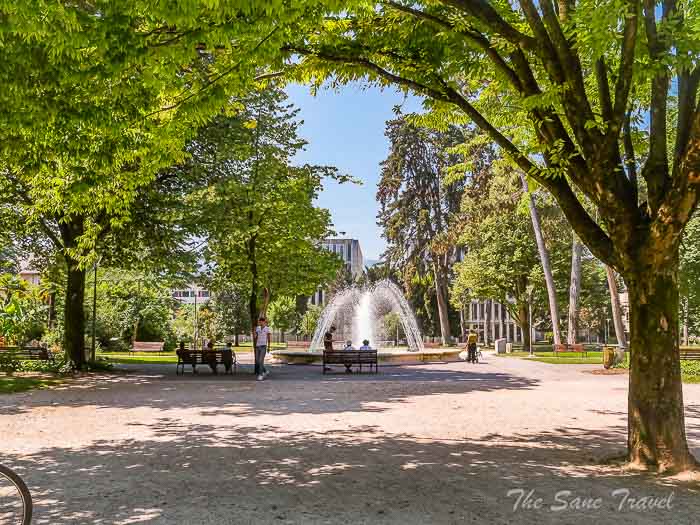
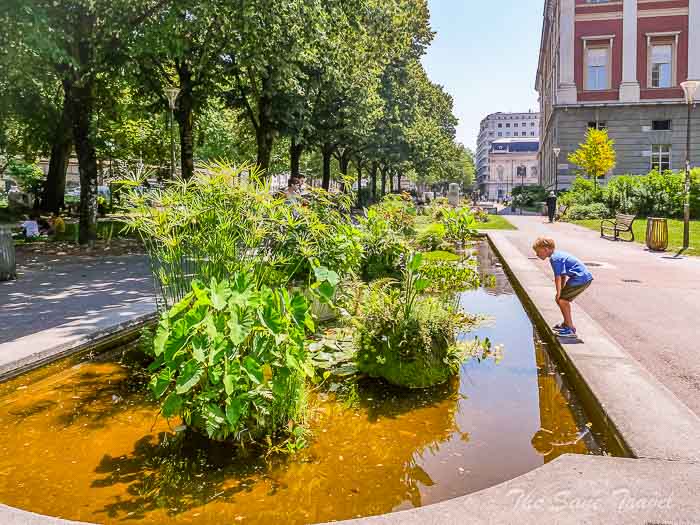
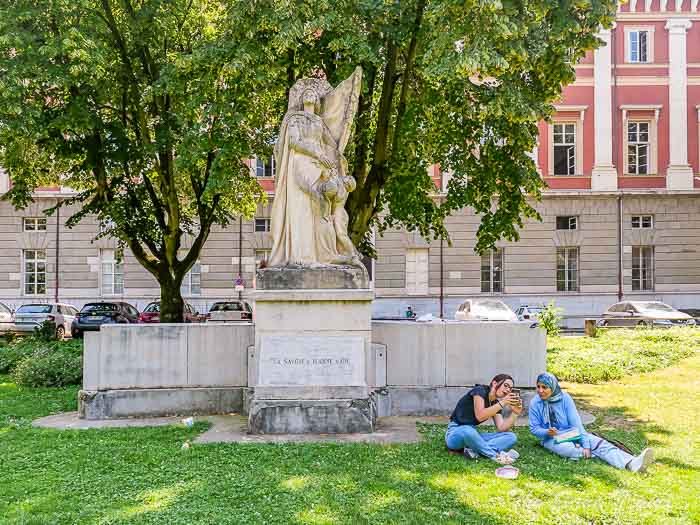


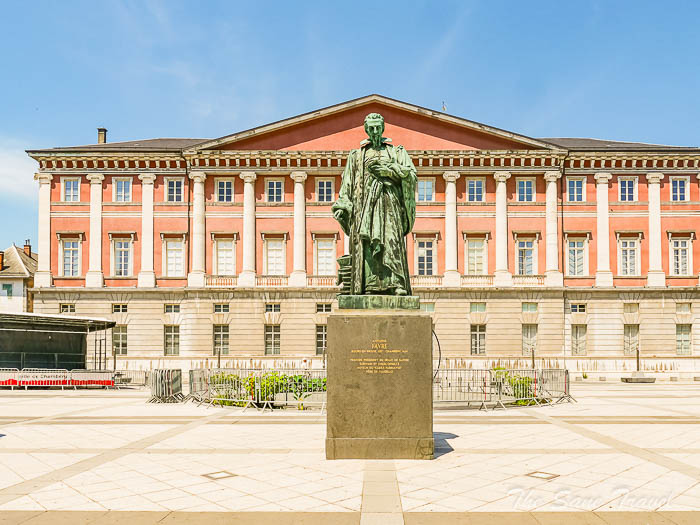
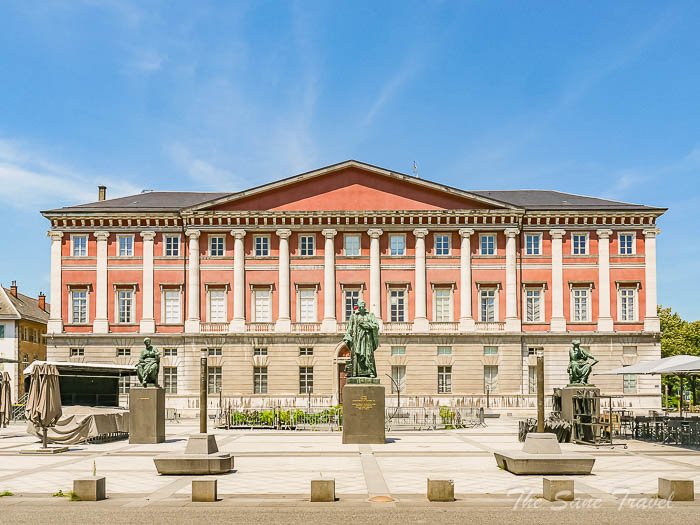






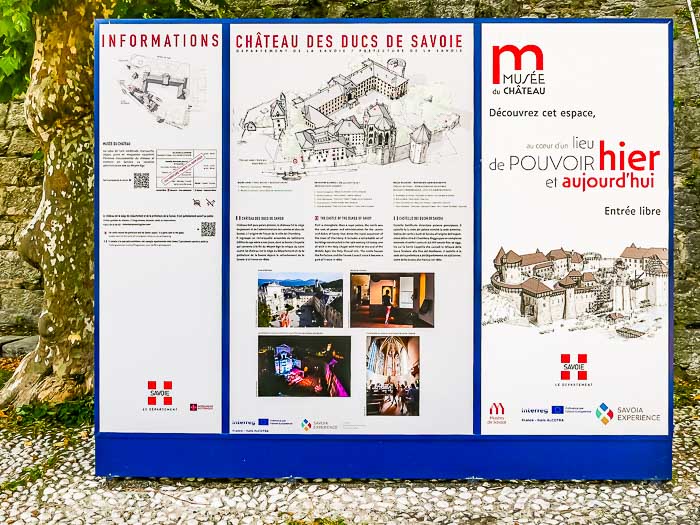
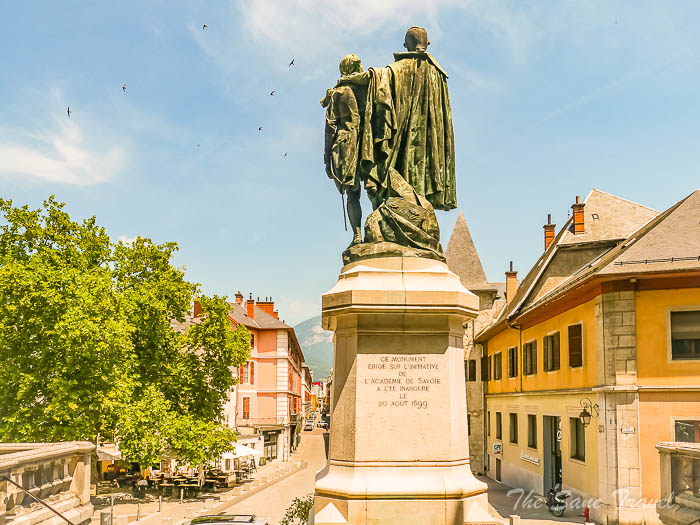
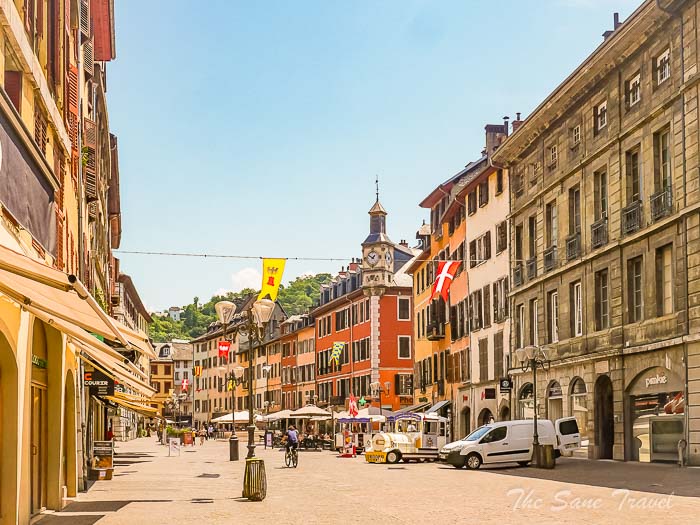
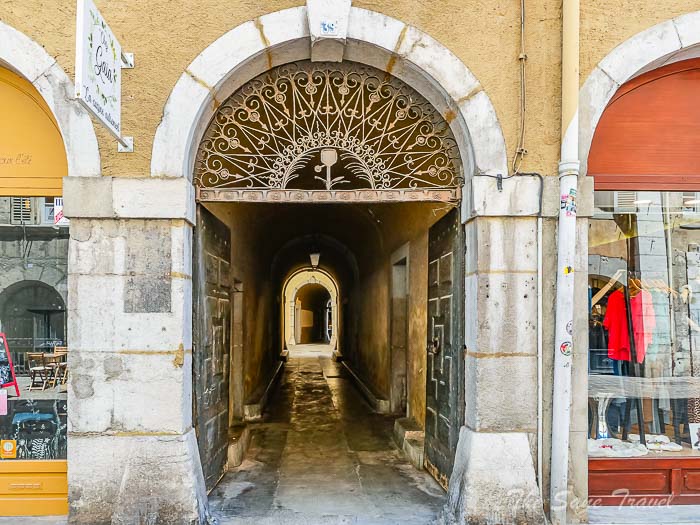

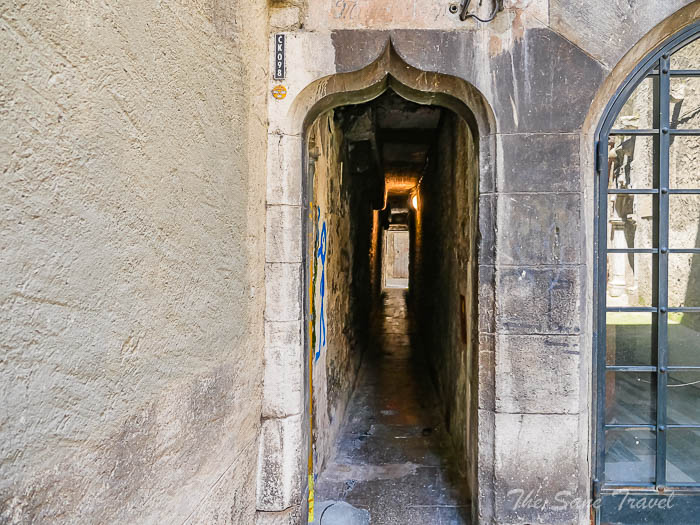
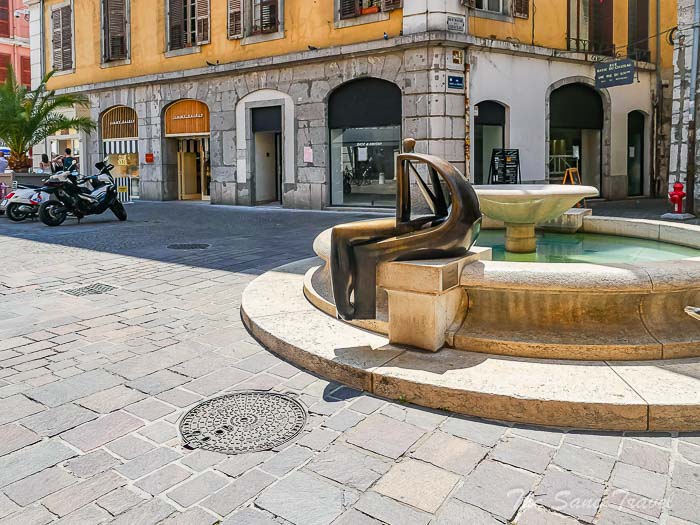
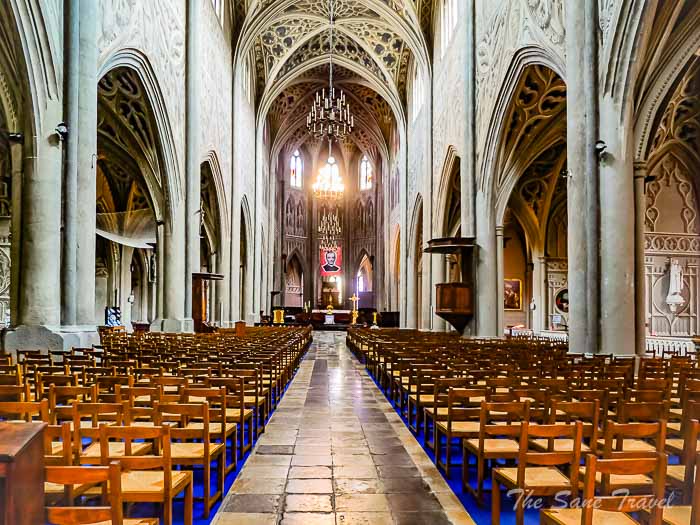
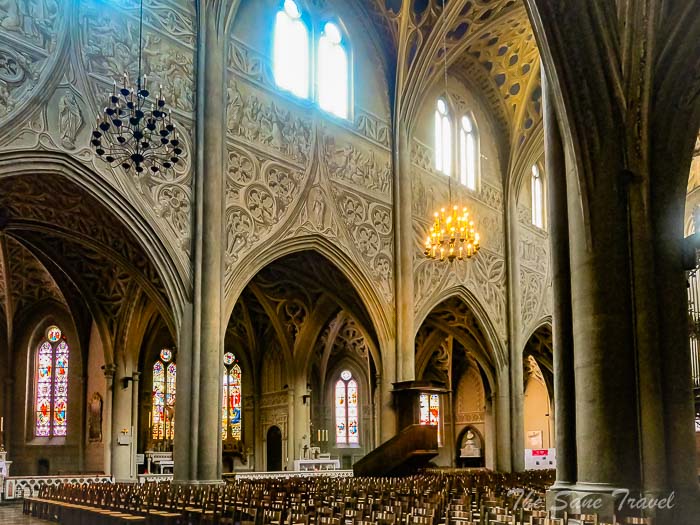
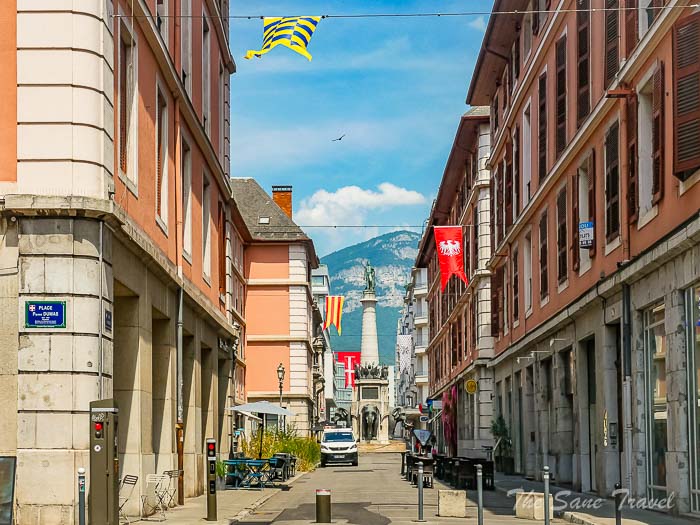
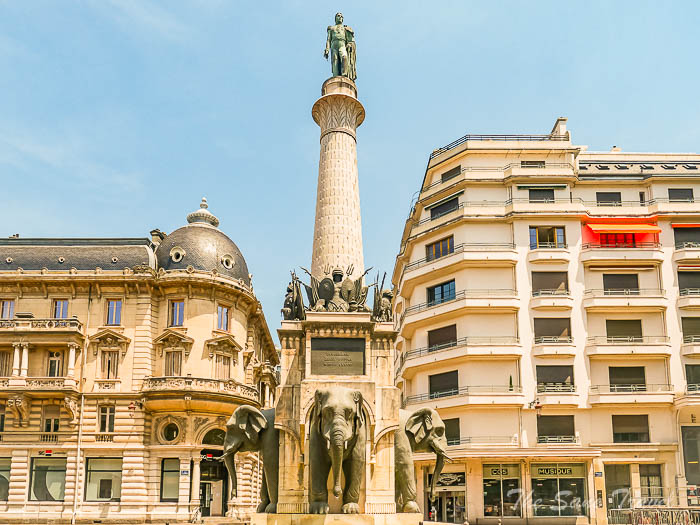
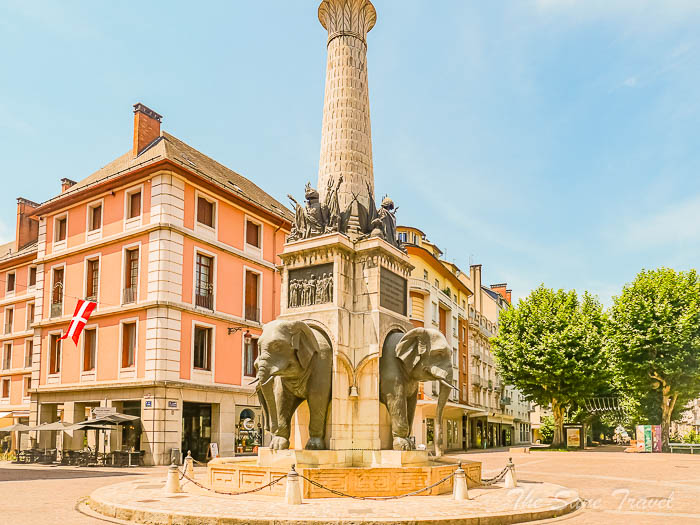
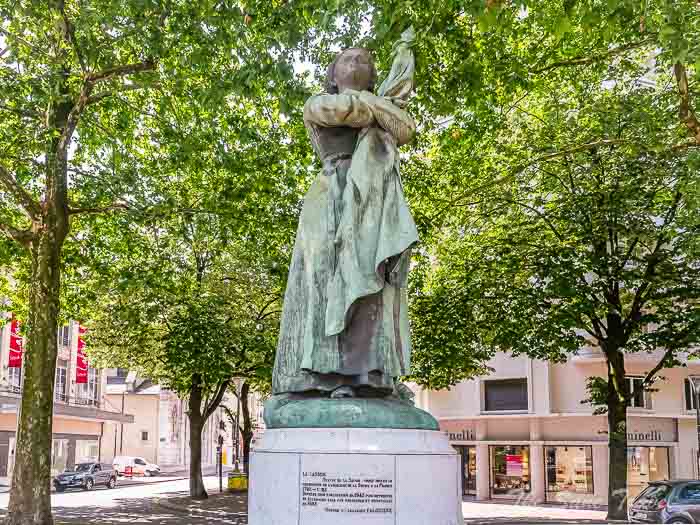
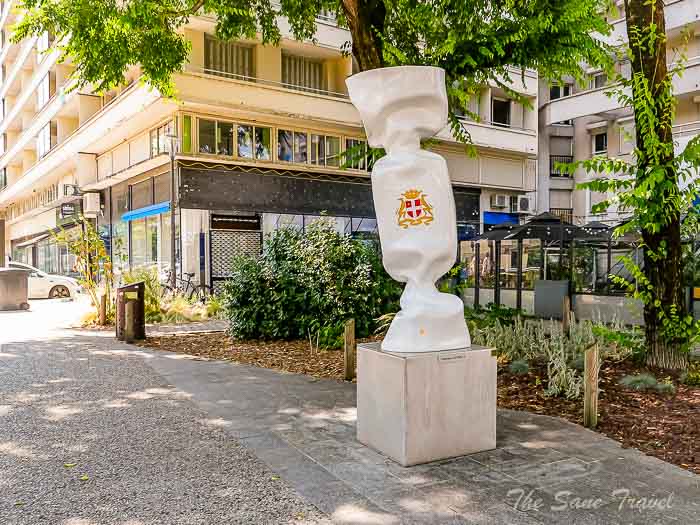

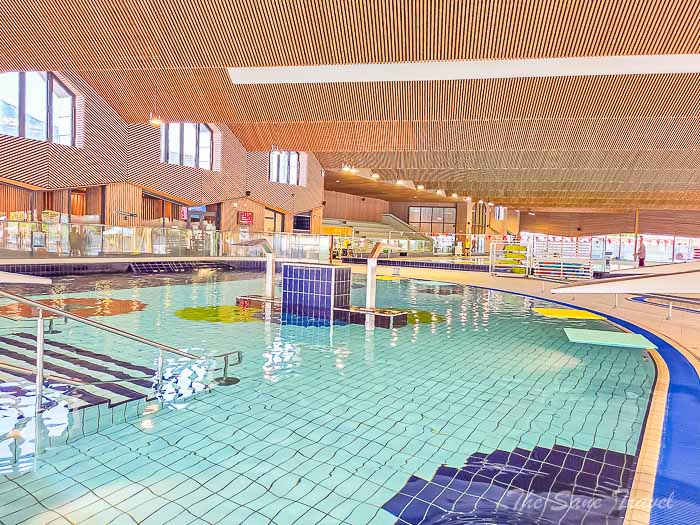

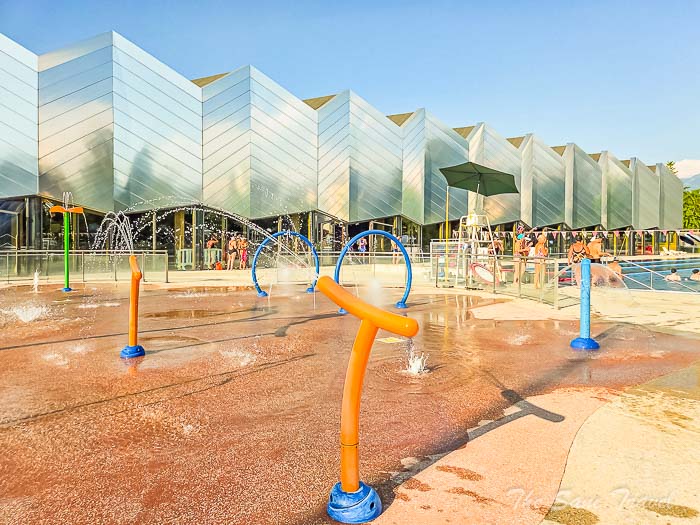



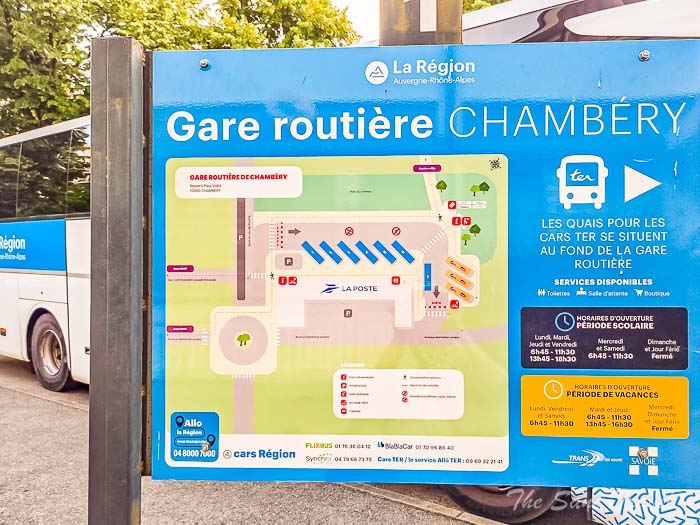

Report
My comments